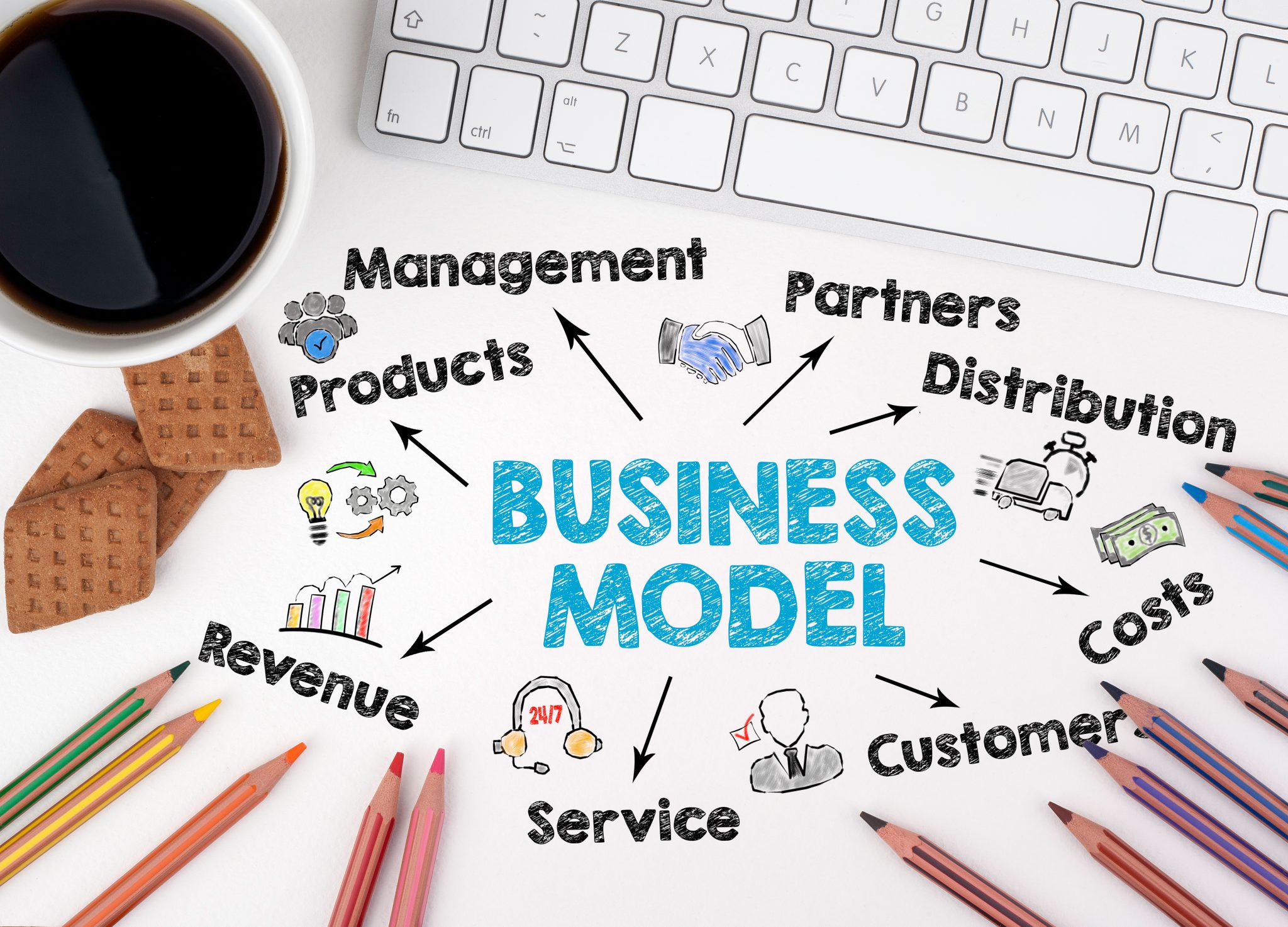Business & Community

Entrepreneurs may be familiar with the feeling of staring at a blank piece of paper and trying to figure out where to start on a business plan. Many business owners know that a business plan is important and feel the need to create one. Some owners may ask, “Why do I really need this document?” Unless a formal business plan for a loan application is required, attempting to complete a lengthy and traditional plan may not be the best way to reach your goals.
A business plan can help you in the following ways:
- Organize business operations to ensure profitability
- Align the vision for the business with a team or partners
- Identify gaps in a business model or opportunities to improve
Business Model Canvas
If a lengthy, traditional business plan is inefficient, then what is an entrepreneur to do? This is where the Business Model Canvas comes in. The Business Model Canvas was created by Alexander Osterwalder. Originating from tech start-ups in Silicon Valley, this lean startup methodology demonstrates a way to do business. The lean startup emphasizes three points:
- Putting your product on the market quickly
- Tweaking your product based on customer feedback
- Improving continuously until you have a solid product and business model
This is different from the traditional way of doing business that promotes extensive planning prior to bringing your product or services to customers. No matter if you are a tech start-up, a food truck, or a generations-old small business, the Business Model Canvas is a valuable business tool. The Alabama Cooperative Extension System has created a Business Model Canvas for you to print and complete.
Download a PDF of the Alabama Extension Business Model Canvas.
Completing the Canvas
When completing the Business Model Canvas, move through the blocks in the following order:
- Value proposition (heart of your business model): What value do you bring your customers? How are you different from your competitors? What problem or need are you solving?
- Customer segments: Who are your customers? What is the common age, gender, income, location, or other common characteristics of your customers?
- Channels: How do your customers hear about you? Where do they buy your products or services?
- Customer relationships: How do you maintain relationships with your customers? How do you ensure customers keep coming back to you?
- Main (Key) activities: What do you need to do in order to create these values for your customers?
- Key resources: What do you need in order to create resources for your customers?
- Key partners: Who do you need to work with to deliver products or services to customers?
- Revenue: The various ways you make money, which comes from the right side of your canvas (the marketing side).
- Costs: The various expenses to your company, which comes from the left side of your canvas (the operations side).
Need some extra help to figure this out? Join Alabama Extension for one of its webinars to learn more about the Business Model Canvas and how to use it for business purposes.

